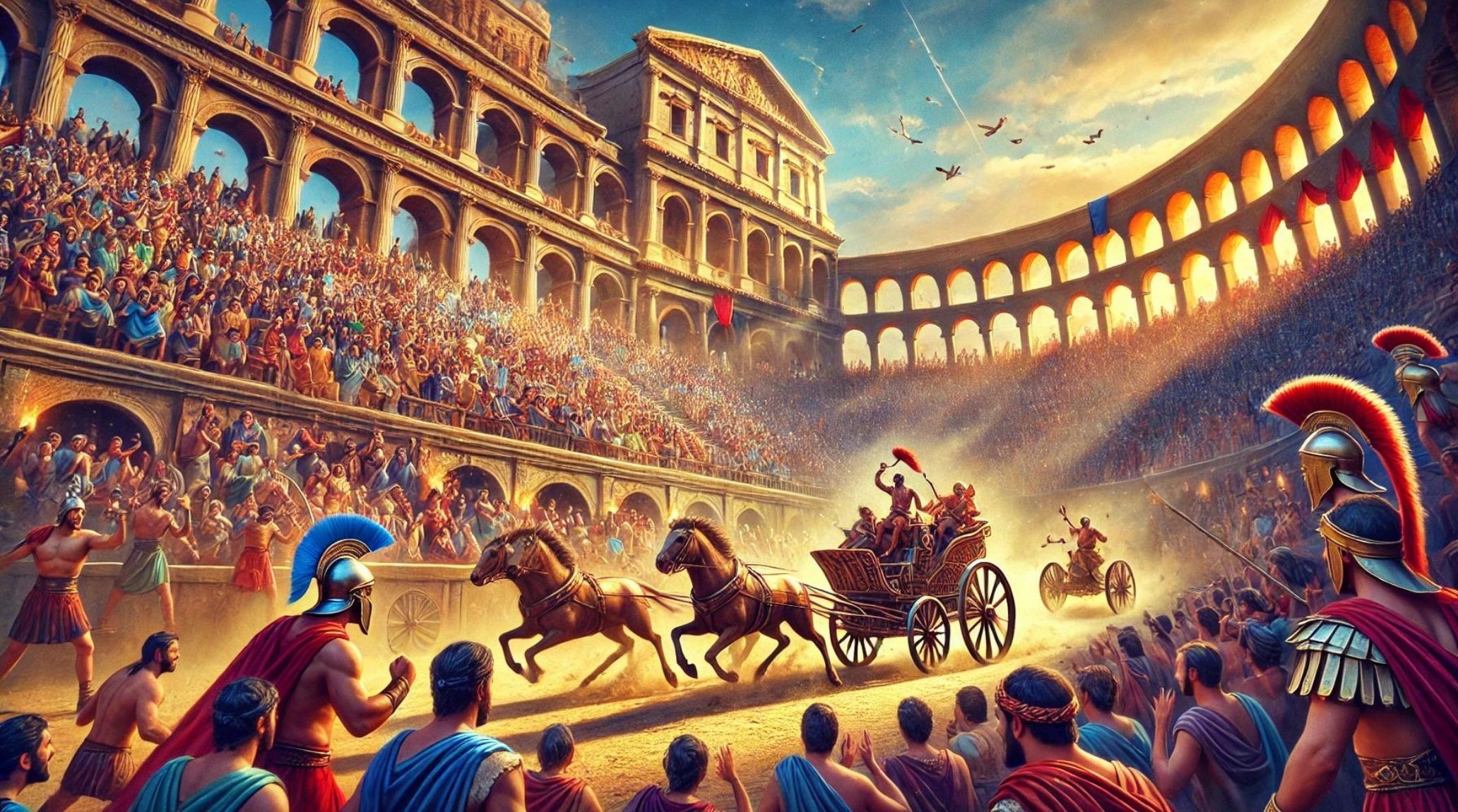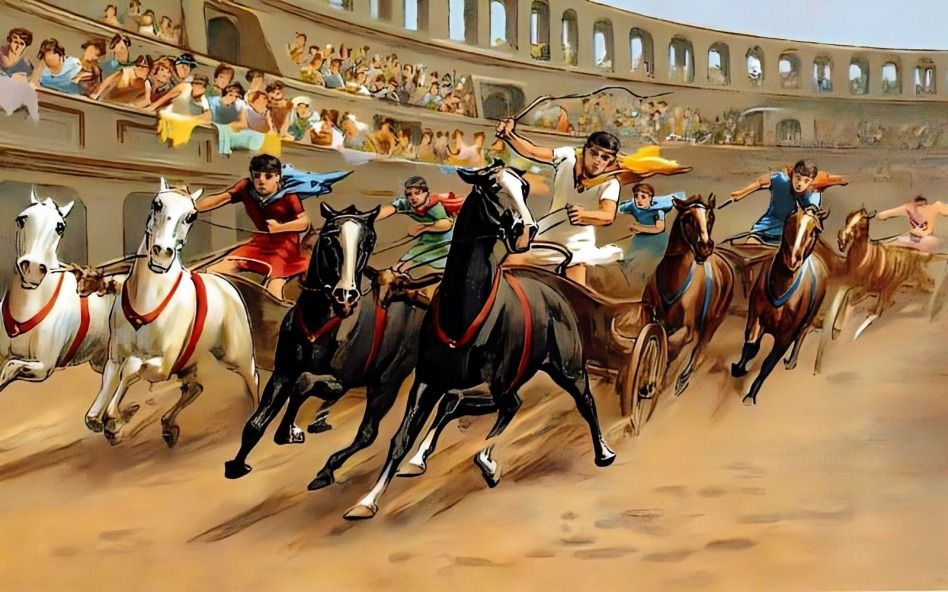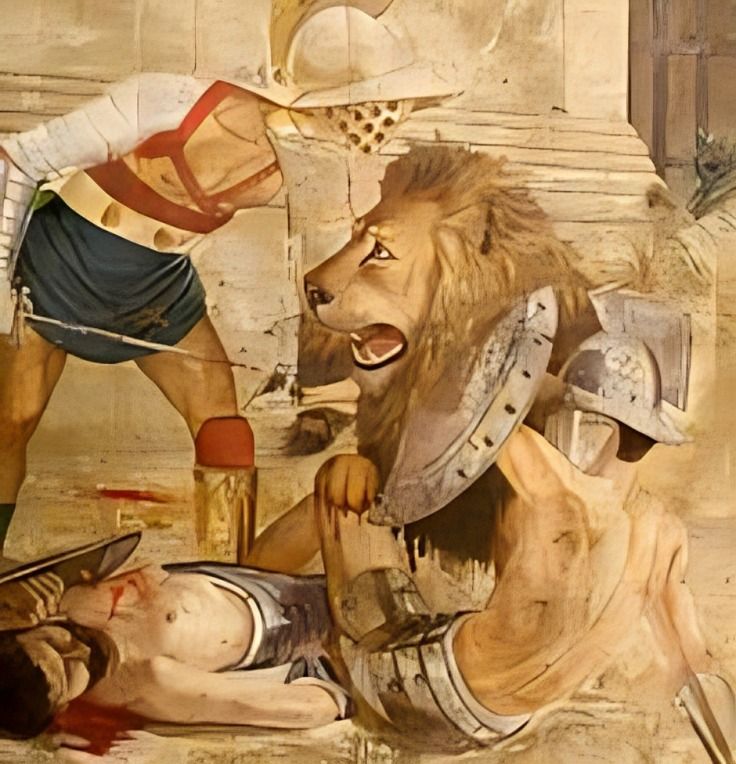
“
Ancient Rome, known for its grandeur and innovation, had a vibrant entertainment culture that played a central role in daily life. This article delves into 20 fascinating facts about entertainment in Ancient Rome, shedding light on how the Romans entertained themselves and how these activities reflected their societal values.1
1
”
The Romans were enthusiastic about a wide variety of games and sports, which were an integral part of their social life. Typically, these activities were dominated by men and boys, reflecting the gender norms of the time. 1
Romans had their own versions of ball games. Soccer, field hockey, and handball were played, though their rules and style differed from modern versions of these sports. These games added to the diverse range of recreational activities. 2
Outside the city, Romans also indulged in equestrian pursuits, hunting, and fishing. These activities were not only popular forms of leisure but also reflected the rural lifestyle and appreciation for outdoor sports. 3
Board games were another favorite pastime among the Romans. Games like dice, checkers, and even tic-tac-toe provided entertainment and social interaction. These games were commonly played in domestic settings. 4
The Roman Arena was a central venue for public entertainment, known for its often brutal and bloody games. Initially, these events were held primarily for memorials and funerals. 5
The games often lasted all day and began with exotic wild animals like bears, lions, rhinos, and elephants. These animals might fight each other, be hunted by huntsmen, or face execution by criminals thrown into the arena. 6

Chariot racing was a beloved Roman pastime, with teams representing the Reds, Greens, Blues, and Whites. Fans passionately supported their favorite teams and riders, making top chariot racers celebrated heroes.
The Ancient Romans enjoyed theater, heavily influenced by Greek traditions. Wealthy individuals often sponsored free performances to boost their popularity, with most actors being Greek and comedies being particularly popular. 7
The Romans also pioneered the art of mime, a form of acting that relied solely on body movements rather than spoken dialogue. This theatrical innovation added a new dimension to Roman performances. 8
Emperor Commodus was known for participating directly in the arena, where he fought both gladiators and wild animals. His involvement in these spectacles was intended to display his martial prowess. 9
Chariot racing, a popular and thrilling sport, was notoriously dangerous. Races often involved spectacular crashes and collisions, resulting in frequent injuries or fatalities among riders. 10
The gladiator, a prominent figure in ancient Rome, is famously depicted as a brawny warrior fighting to the death in grand marble amphitheaters for the entertainment of enthusiastic crowds. 11
Ancient Roman life balanced negotium (work) with otium (leisure), encompassing activities like swimming, board games, and theatre. Many of their athletic and entertainment pursuits closely resemble those enjoyed today. 12
For the Romans, gladiator fights in the Colosseum were even more thrilling than animal combats. Many gladiators, often slaves or prisoners of war, were expected to die, with survival rates around 50%. 13
Naumachiae were elaborate mock naval battles staged in flooded arenas or specially constructed basins. These spectacular events re-enacted famous sea battles and involved real ships and combatants. 14

Animal hunts, known as venationes, were dramatic events where exotic animals like lions, bears, and elephants were pitted against hunters in the arena. These hunts showcased the skill of the hunters and the ferocity of the animals.
Elaborate banquets were a significant part of Roman social life, featuring not only lavish feasts but also various forms of entertainment. Wealthy Romans would host these events with music, poetry readings, and performances. 15
Satirical plays were a prominent feature of Roman literature, often critiquing social norms and politics with humor and sharp wit. Playwrights like Plautus and Terence used satire to address contemporary issues and entertain audiences. 16
Roman comedies, adapted from Greek originals, were a popular genre that focused on everyday life and social situations. They provided humor and insight into Roman society and customs. 17
Public executions were staged as part of the entertainment in the arena, where condemned criminals or slaves were executed in dramatic and often brutal ways. These events served as both punishment and spectacle. 18


